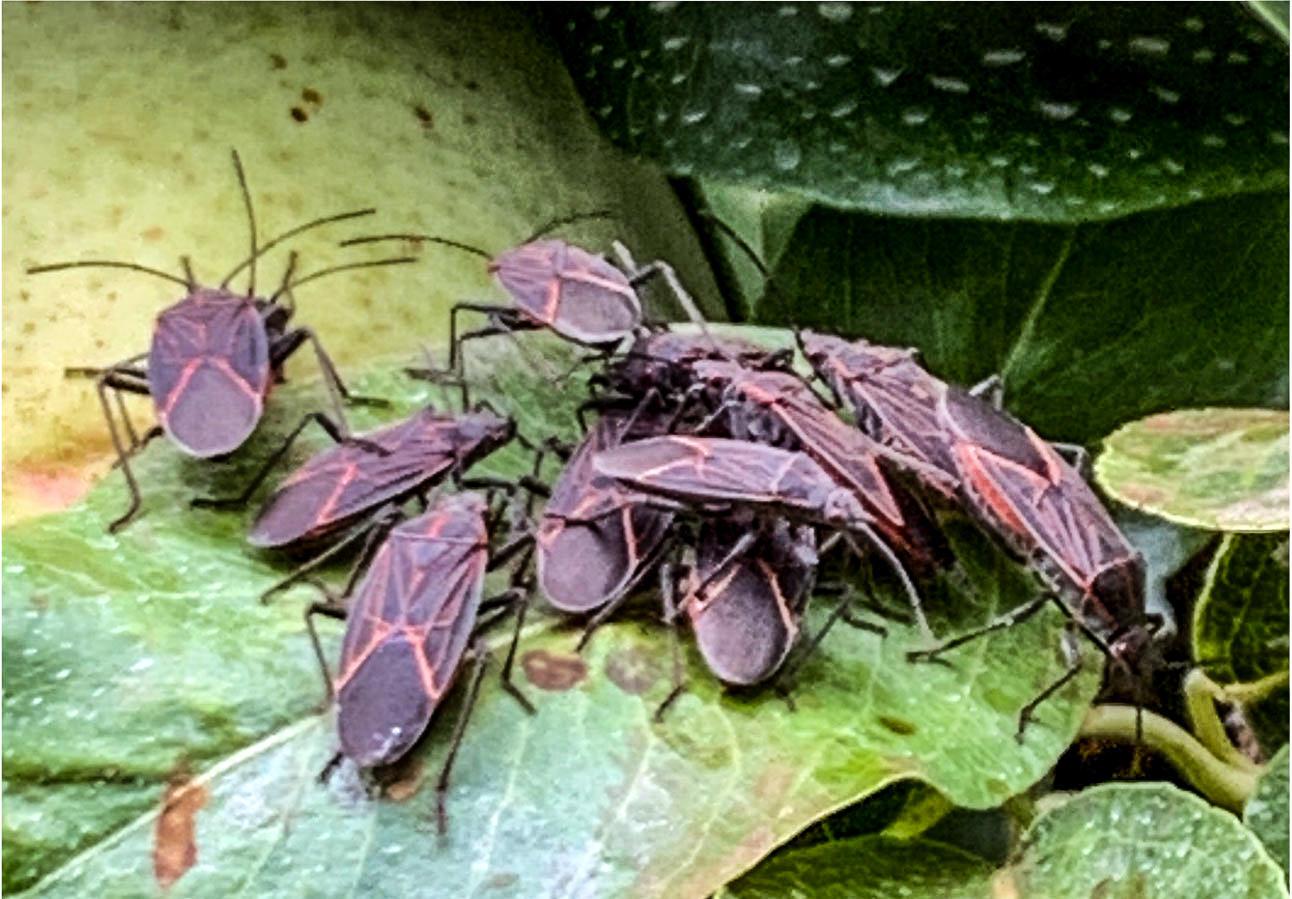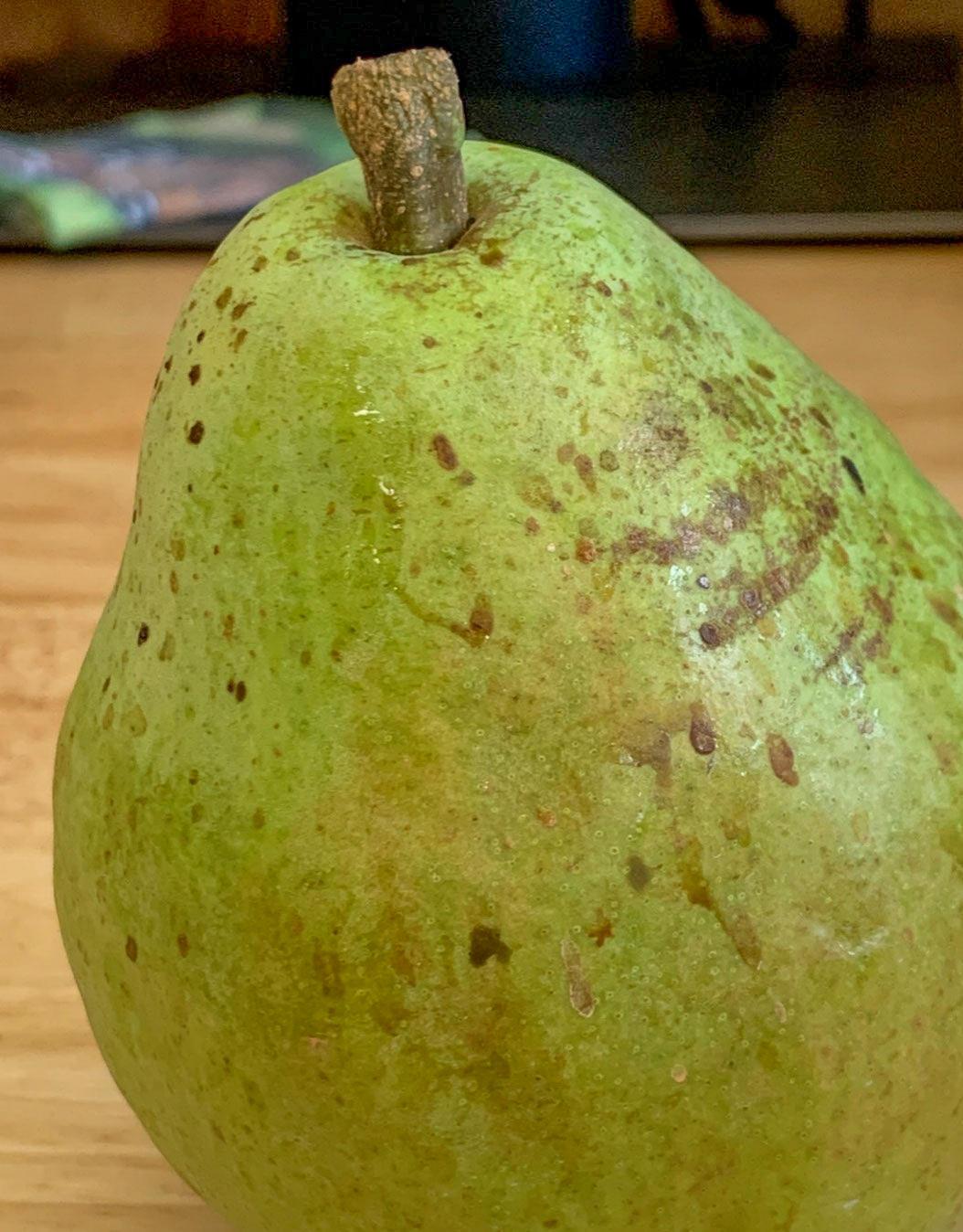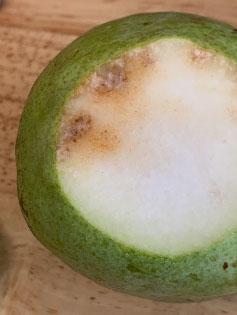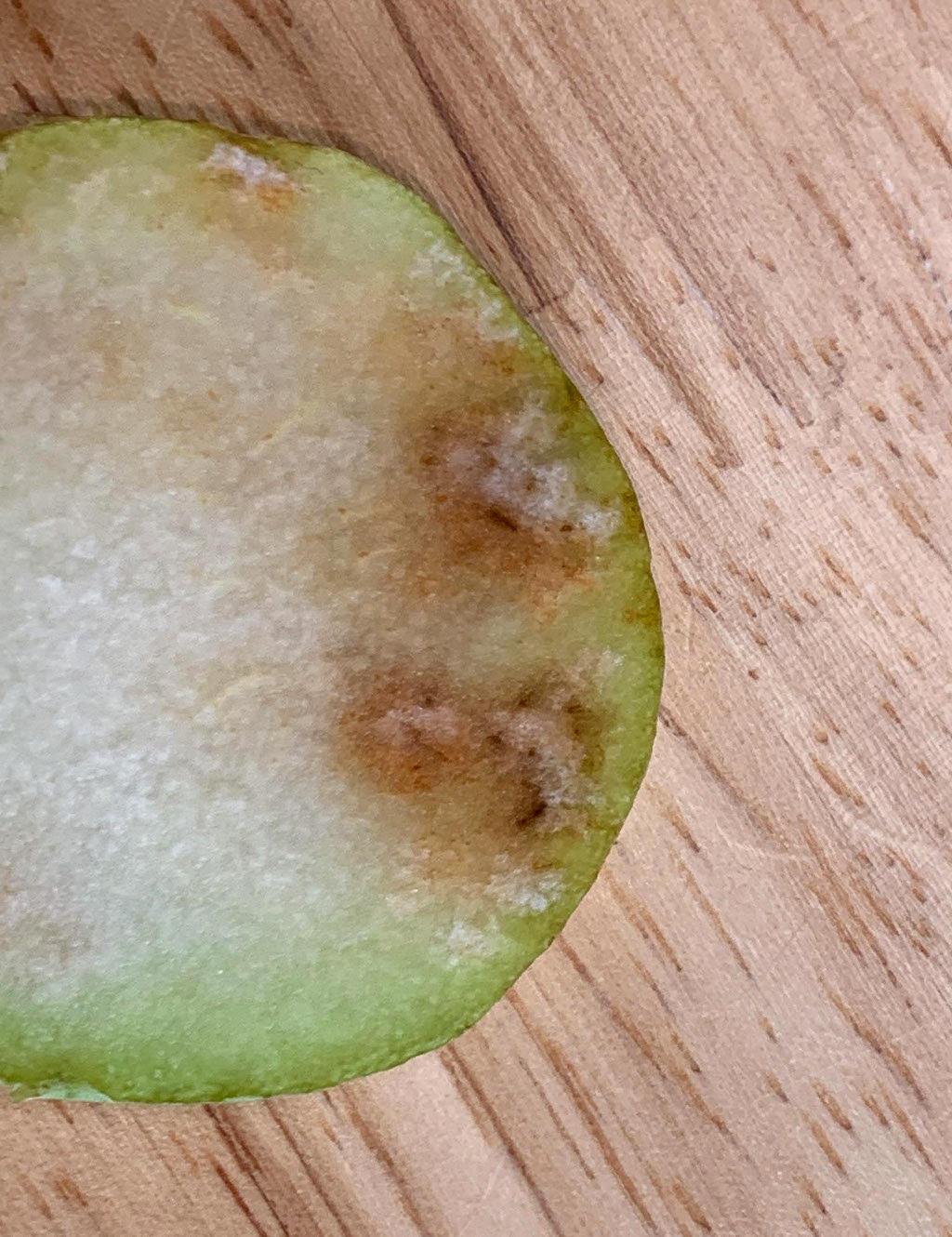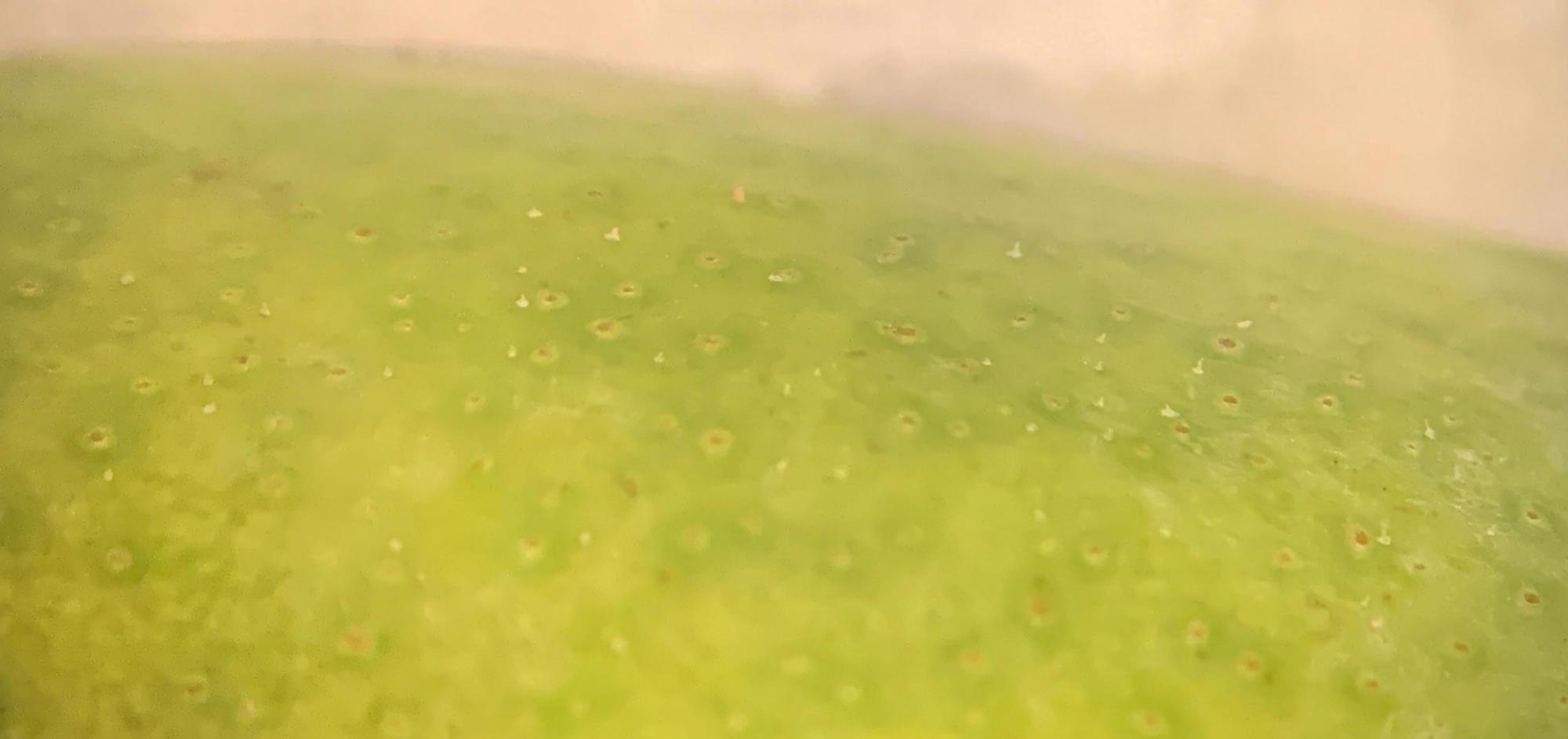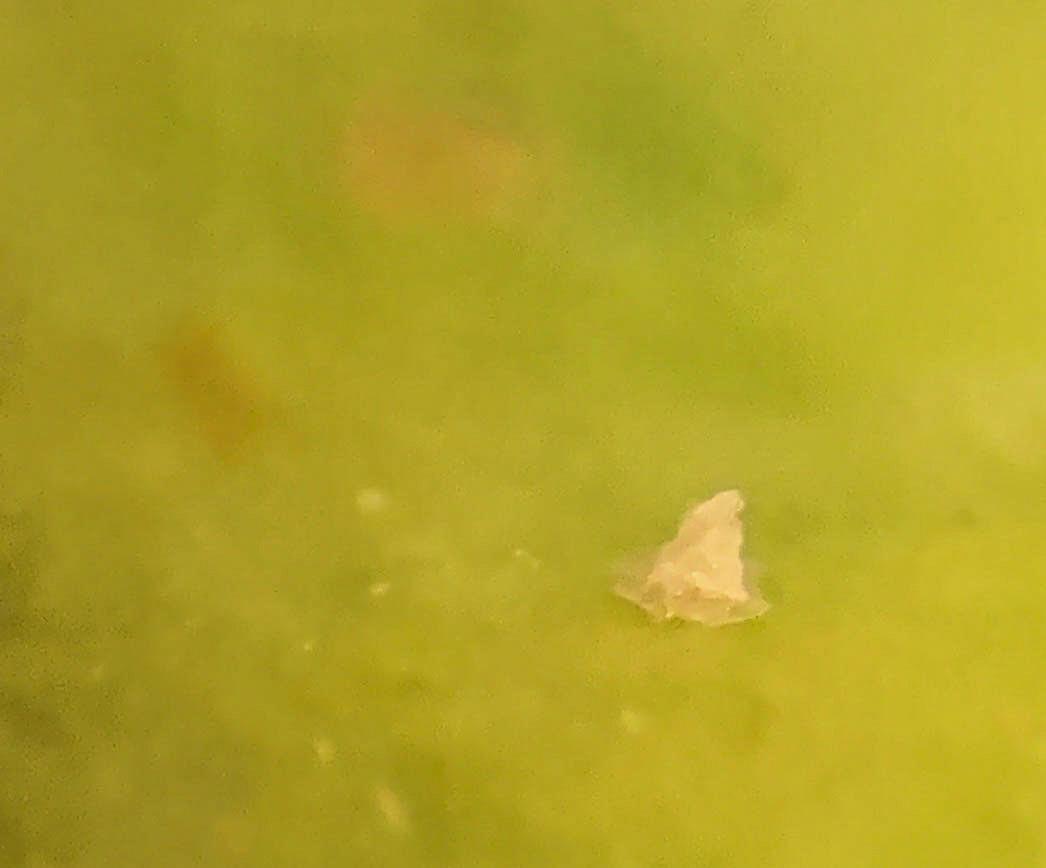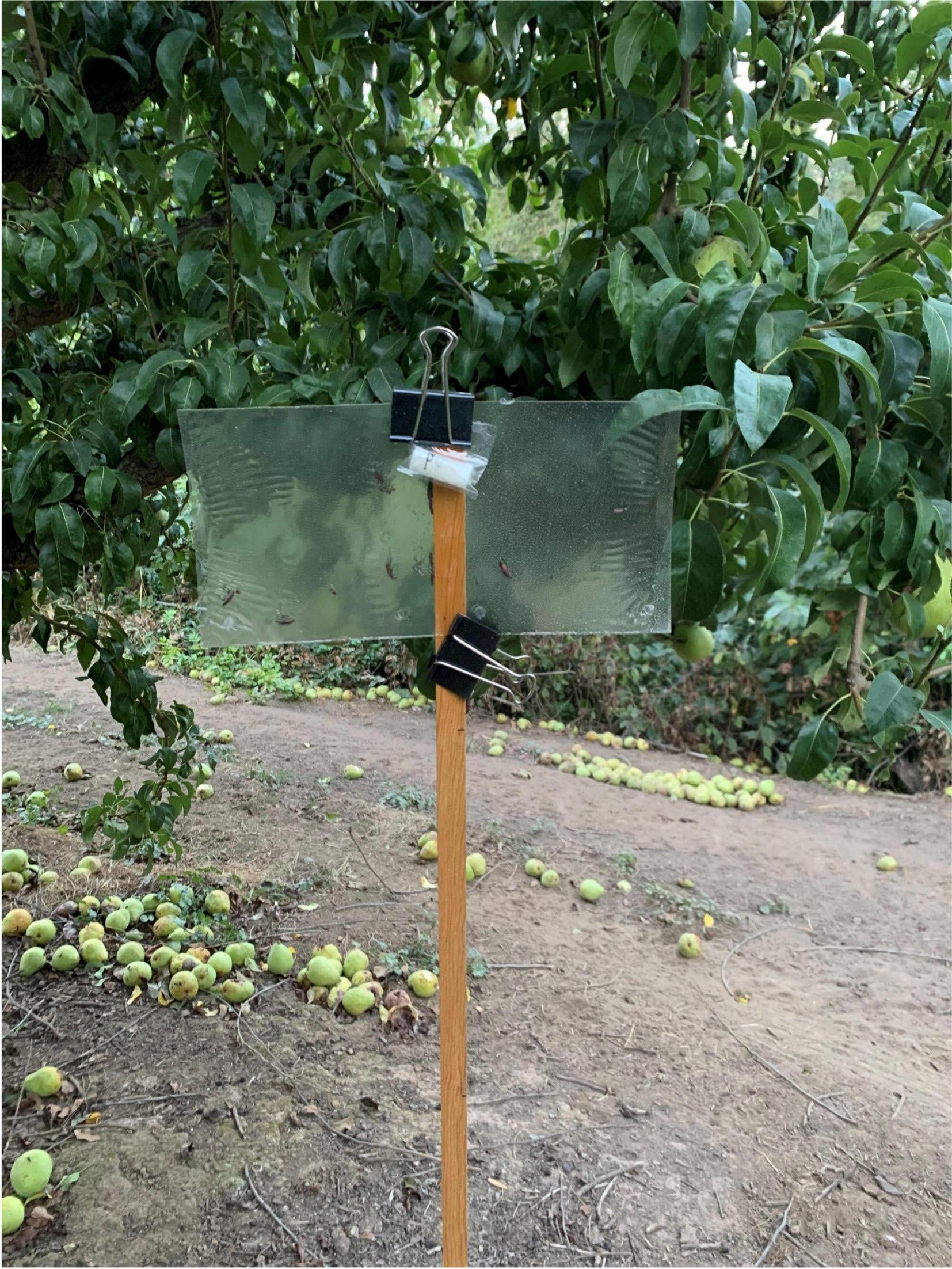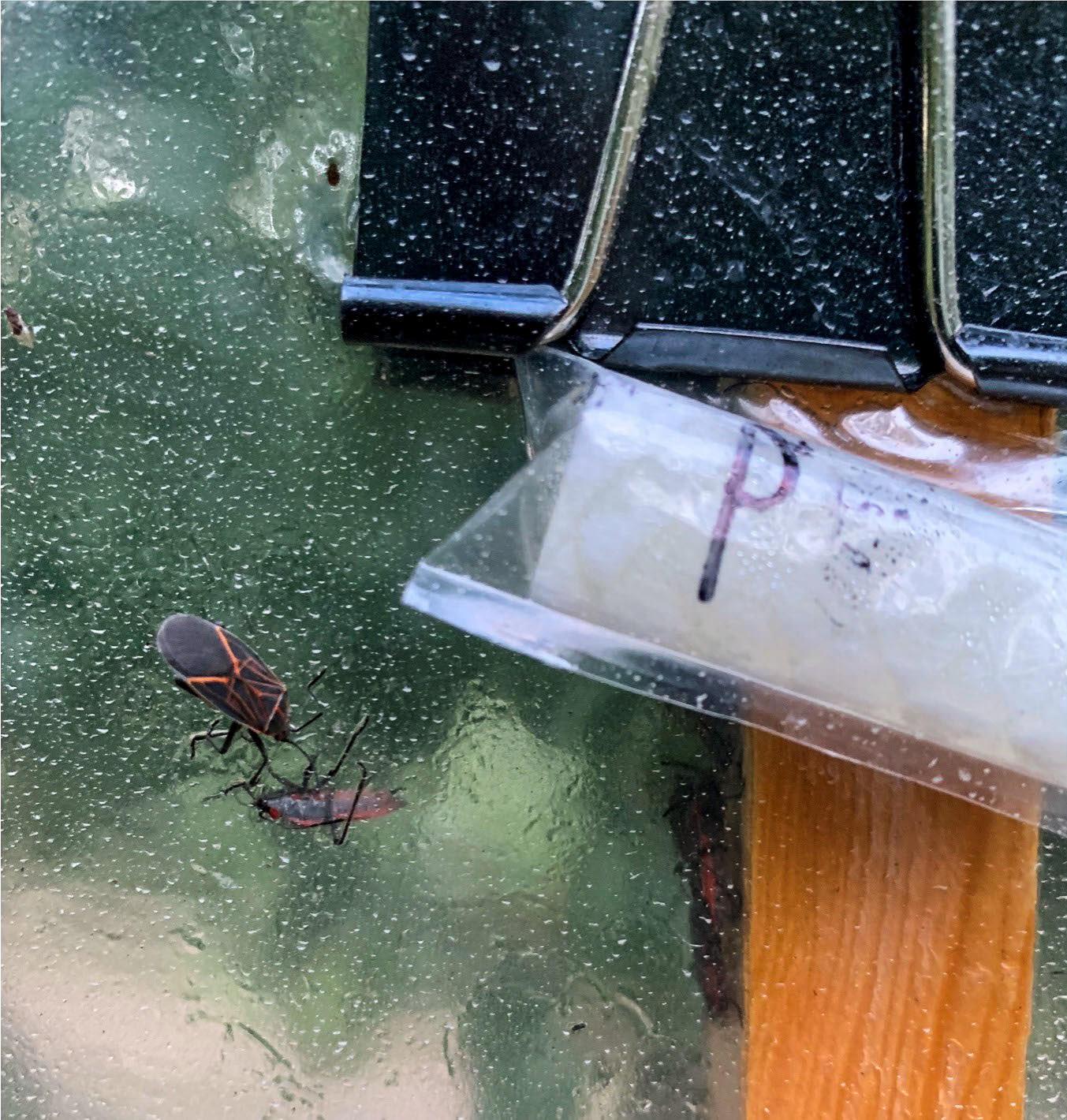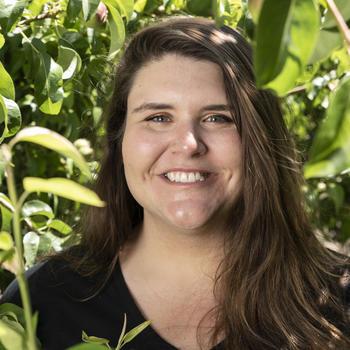The western boxelder bug (Boisea rubrolineata) is a species of true bug, belonging to the “scentless plant bugs” family Rhopalidae. Native to the western United States, they primarily feed on the leaves and seed pods of female boxelder trees (Acer negundo). They also will feed various other trees, including maple, ash and fruit trees. While they are not typically considered tree fruit pests, western boxelder bugs can occasionally feed on apples and pears fruit.
In pear fruit, injury from boxelder bug feeding looks nearly identical to damage caused by the invasive brown marmorated stink bug (Halyomorpha halys). Both insects have piercing-sucking mouthparts that are used to feed on ripening and mature fruit. Feeding by both insects results in scarring, dimpling, misshapen fruit and spots under the skin that appear similar to cork spot injury. In this publication we review the life history of boxelder bug and show how to tell which bug caused feeding damage to your pears.
Description and life cycle
The adult western boxelder bug is 0.4–0.5 inches (11–14 mm) long with distinctive black and red coloration. They can be identified by the three red stripes behind the head (prothorax) and the red lines that frame the leathery forewings (Figure 1A). Nymphs (the immature stages of the insects) are much smaller and emerge bright red and wingless. They turn black as they mature.
Adults overwinter in various sheltered places, seeking dry areas protected from freezing. You may find them in hollowed tree trunks or inside and around homes and buildings. In spring, females emerge from overwintering sites and begin to lay eggs on branches and leaves, typically on seed-bearing, or female, boxelder trees. Nymphs emerge in one to two weeks and develop into adults during the summer. Only one generation is produced per year. As temperatures cool again in fall, adults group together (aggregate) in warm, sunny areas and look for a place to overwinter.
Due to their aggregating behavior in and around homes in the fall, boxelder bugs are mainly considered a nuisance pest. They are not listed as orchard pests — we rarely see economically significant feeding damage in commercial pear orchards. However, growers have reported large congregations of boxelder bugs on pear trees in the Hood River Valley (Figures 1A, 1B). Even at these unusually high populations, a spray may not be warranted if the damage is not widespread. Understanding which insect has caused the damage is key to making pest management decisions. This publication is designed to help growers determine which insect is responsible for observed damage.
Distinguishing boxelder bug feeding damage from brown marmorated stink bug feeding damage
External feeding damage of both brown marmorated stink bug and boxelder bug appears as dimples or scarring, resulting in misshapen fruit. Damage shows up on the interior of the fruit as dry, brown spots that look similar to cork spot injury (Figures 2A–C).
The best way to distinguish which insect has injured the fruit is to look closer at the fruit surface. Using a hand lens to look at fruit fed on by brown marmorated stink bug, you can see small, white salivary sheaths on the skin of the fruit (Figure 3A). With a hand lens, the feeding sheath appears as a small cone (Figure 3B). You won’t see any salivary sheaths on fruit fed on by boxelder bugs.
Monitoring boxelder bugs in the orchard
While we don’t often see large populations of boxelder bugs on pears, crop consultants and orchard owners should watch for adults and nymphs when scouting pear blocks. Adults and nymphs produce an aggregation pheromone (2-phenylethanol) and frequently assemble in large clusters in sunny locations. Concentrate scouting for boxelder bugs on the borders of orchards surrounded by riparian and forested areas.
A study conducted in California on secondary pest outbreaks in pear orchards found higher concentrations of boxelder bugs on the border of the pear orchards near a riparian zone. Researchers observed feeding damage on pears in only the first 10 rows in from the riparian border. This study also found feeding damage on pears from April to July, with the highest percentage of feeding damage found in mid-July.
While there is currently no commercial lure available, orchard managers can contact their local Extension entomologists to see if they can provide a 2-phenylethanol lure.
Management strategies
Damage caused by boxelder bugs rarely reaches economic threshold levels, so we don't recommend spraying.
One way to reduce the quantity of boxelder bugs in orchards is to remove host boxelder trees from the surrounding landscape, especially those bearing seeds. While boxelder bugs can pursue other food sources, they are primarily associated with boxelder trees.
Physical removal of boxelder bugs can also be effective if you find them in small numbers. You can vacuum them up or hose the insects off with a forceful stream of water.
Use pesticides only if populations threaten yield loss. If you observe large populations within the orchard, spot-treat individual trees using a backpack sprayer. Preventive sprays are not recommended. Treat only the areas with high insect concentrations. Pesticides may also be more effective when boxelder bugs are nymphs. Choose pesticides listed for brown marmorated stink bugs. Find a material list and efficacy data in the Pest Management Guide for Tree Fruits, EM 8203. Always read and follow all label directions when using any pesticide.
